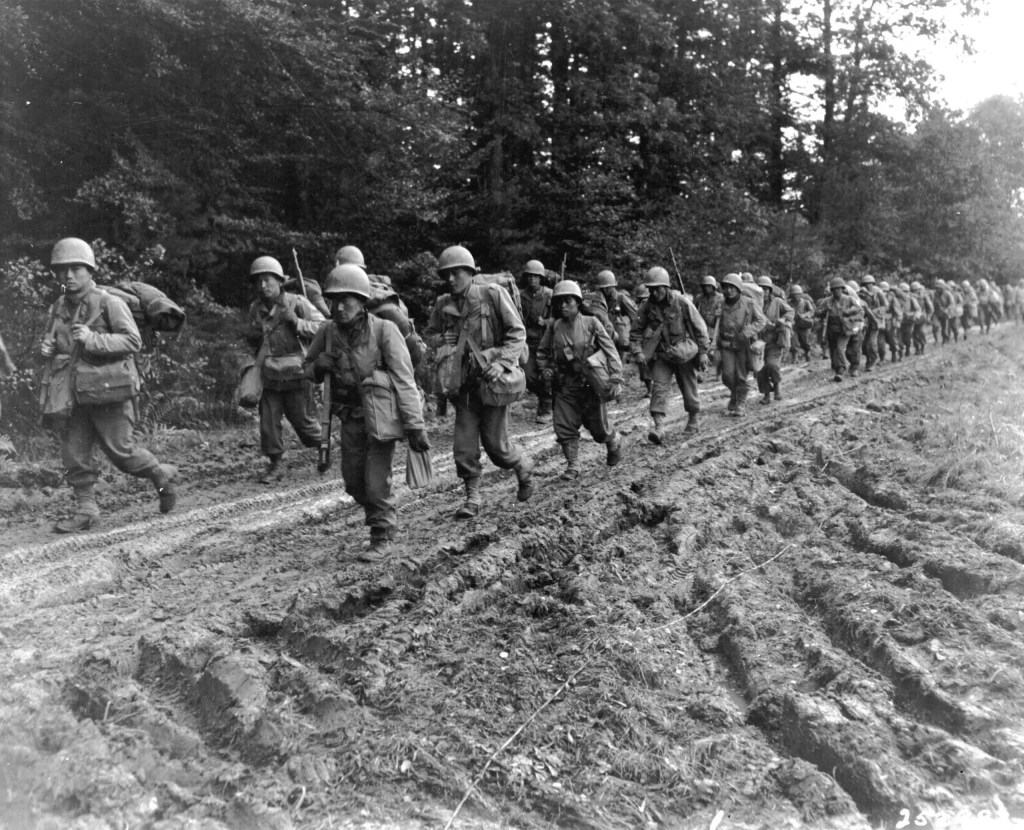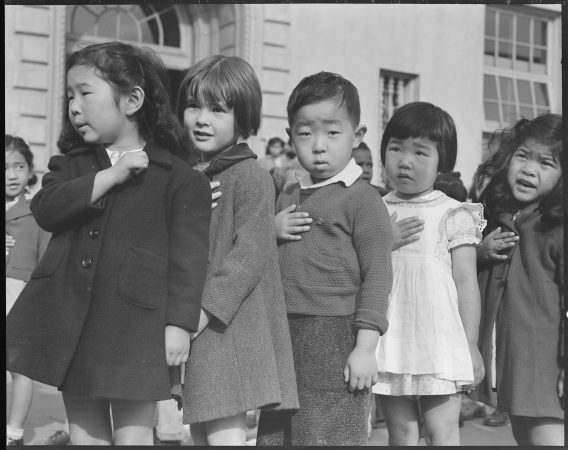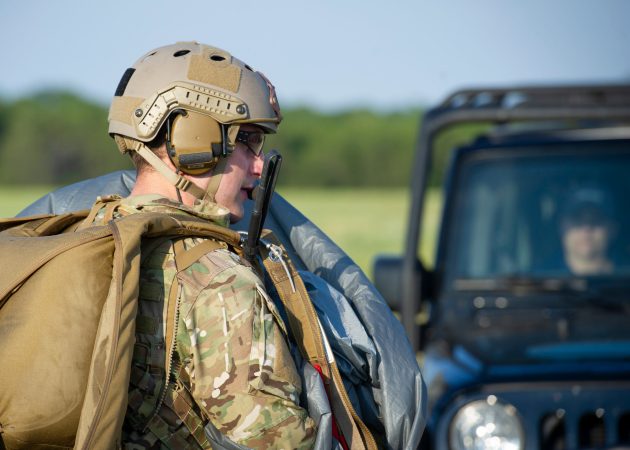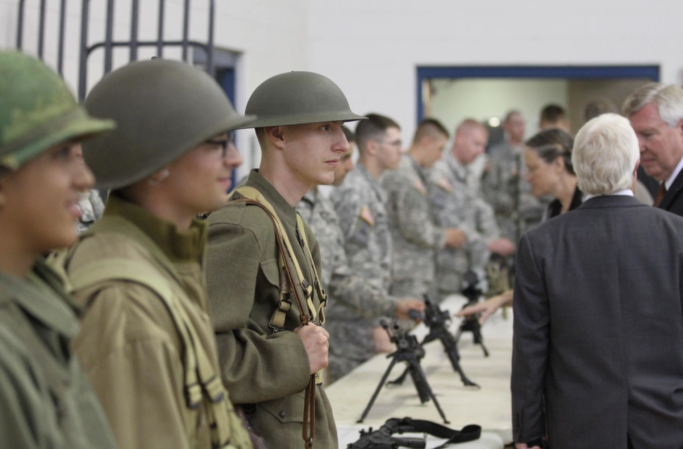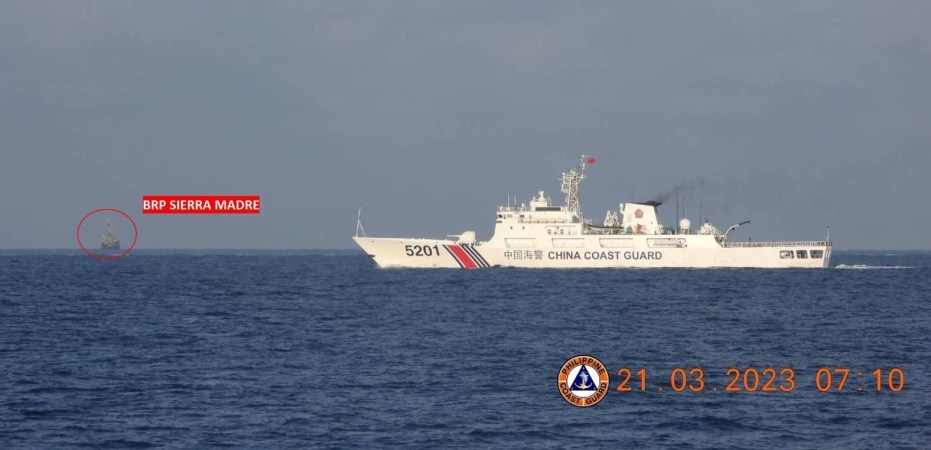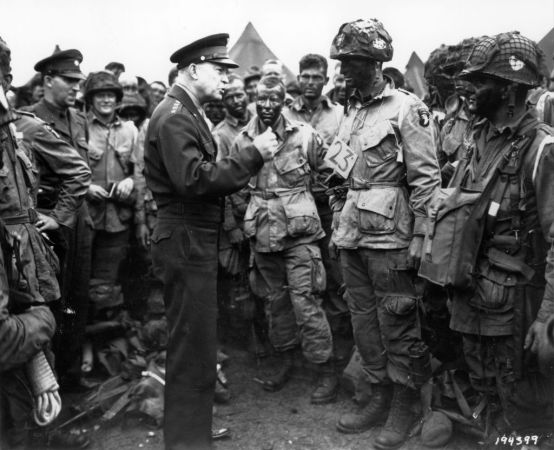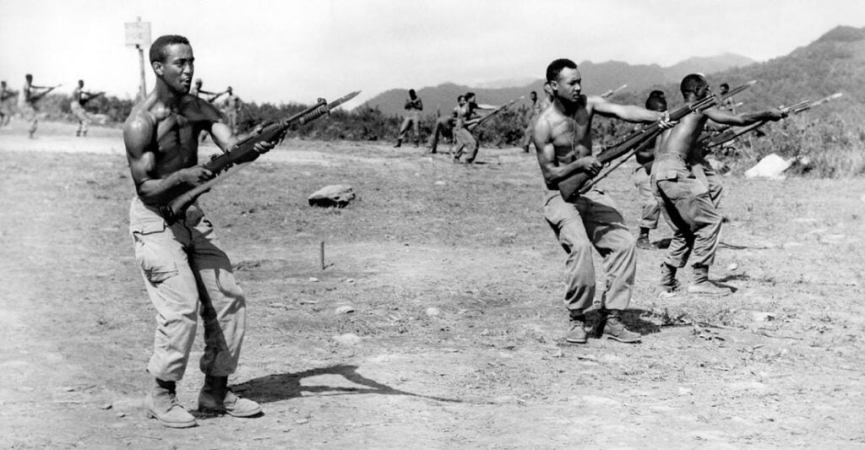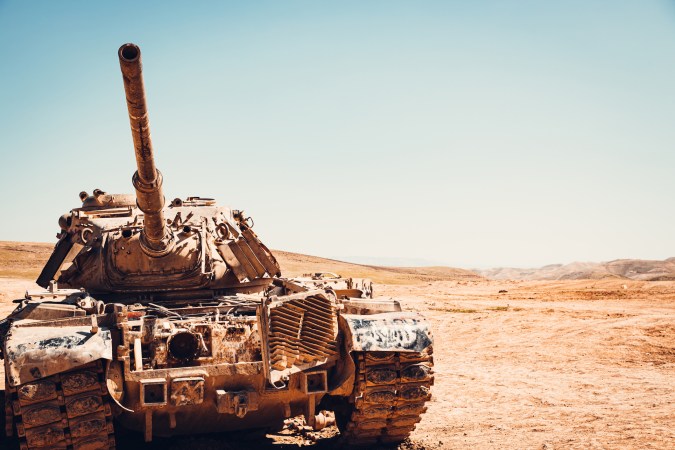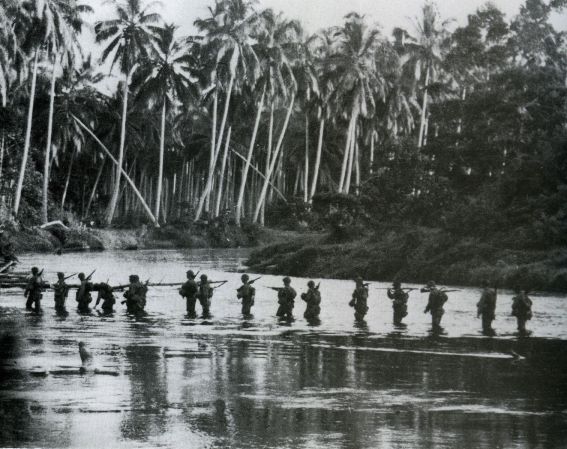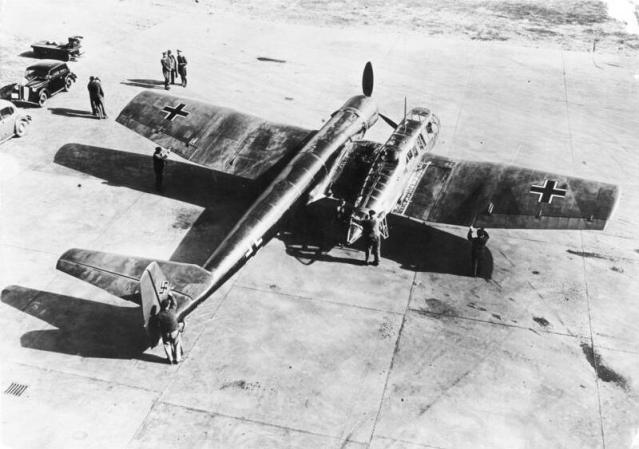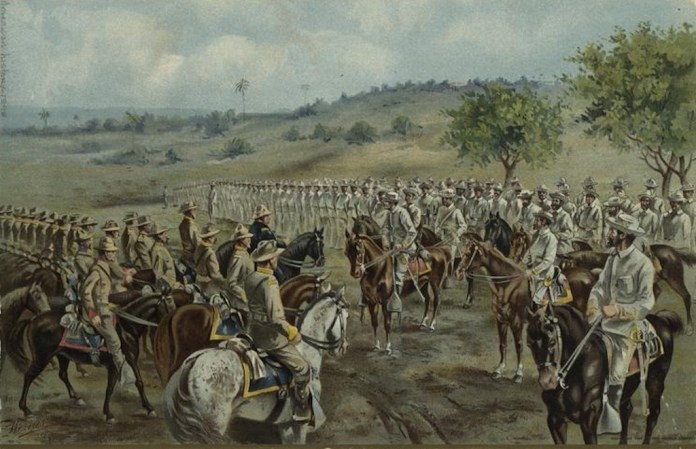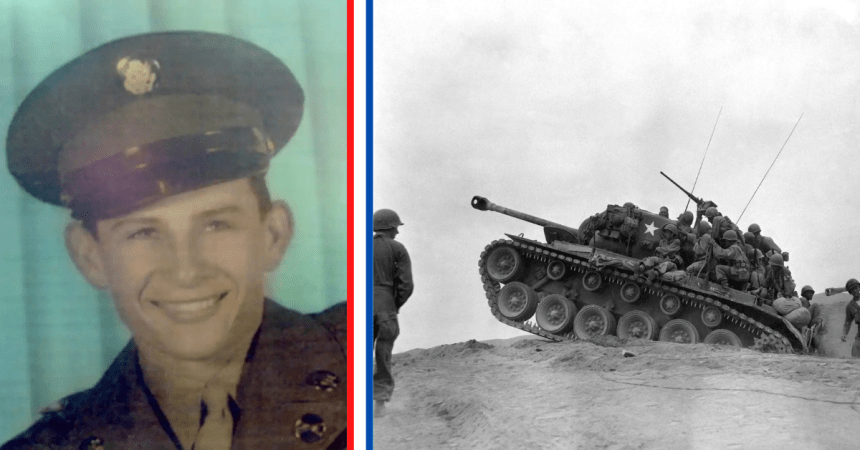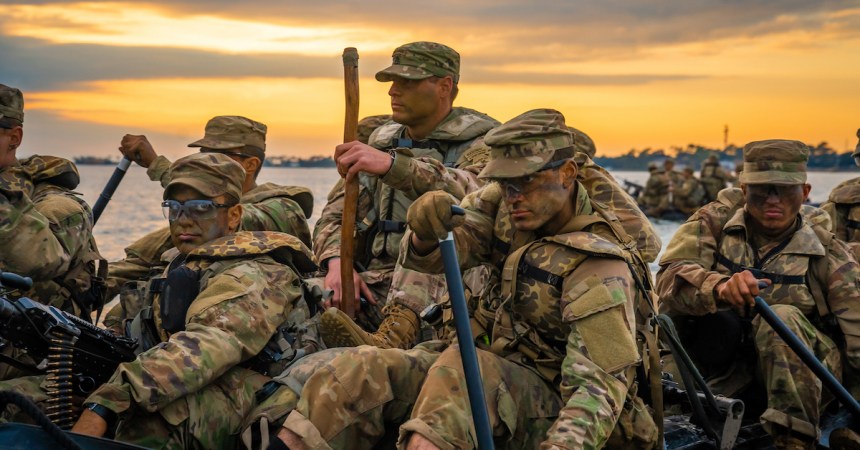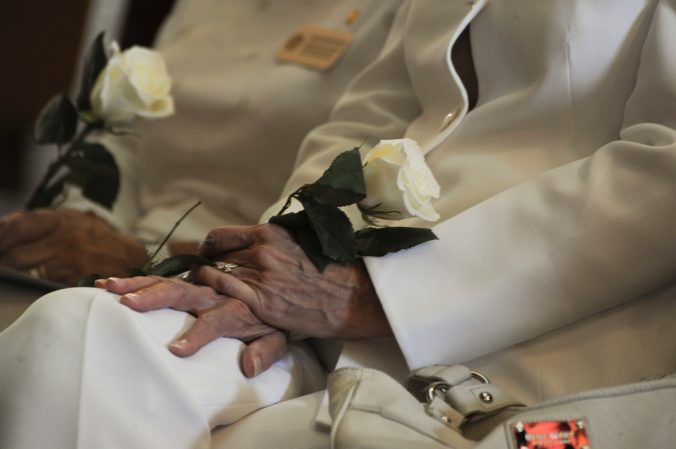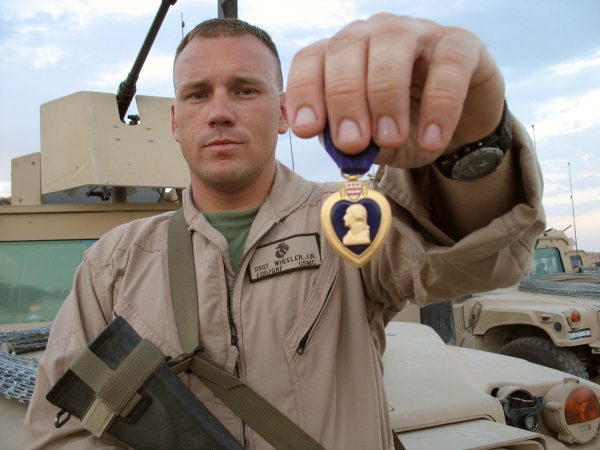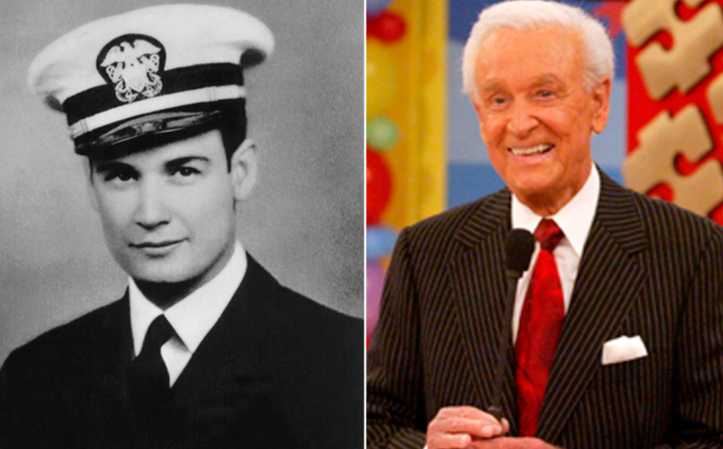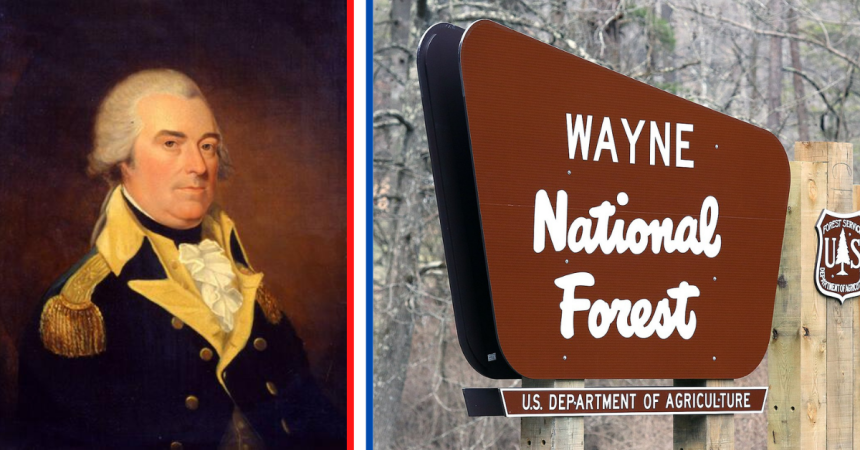After Pearl Harbor, Hawaii did not see widespread internment, unlike the mainland where there was a great deal of distrust towards Japanese residents in the face of possible invasion from Imperial Japan. The local Japanese population was too key to Hawaii’s economy to simply round up, but there was still deep fears they posed a sabotage threat, especially since the fears of an invasion by Imperial Japan were very real.
These fears extended to military personnel of Japanese descent. More than 1,300 soldiers of Japanese origin from the Hawaiian National Guard were pulled from their regiments and were formed into the 100th Infantry Battalion (Separate) or “One Puka Puka.” They were sent to Camp McCoy in Wisconsin, as much as to remove them as a security risk as to train them.
The 100th performed well in training, and the War Department decided to form a Japanese-American combat unit, the 442nd Regimental Combat Team. Nisei men, composed of the children of immigrants who had American citizenship, could sign a loyalty questionnaire and be registered for the draft, though many refused and hundreds spent time in federal prison.

The vast majority of the volunteers came from Hawaii, but over 800 were recruited from the internment camps on the mainland. The 100th and the volunteers joined at Camp Shelby, Miss., and formed the 442nd, designed as a self-sufficient combat unit with its own artillery and logistics.
It was almost a given that the 442nd or any other Japanese-American unit would not see service in the Pacific, since there were still widespread suspicions concerning their loyalty, but many of the recruits were assigned to the Military Intelligence Service. They were then trained in language and intelligence skills, and were assigned as an interpreters, interrogators, and spies in the Pacific theatre, playing a crucial intelligence role.
While the rest of the unit trained in Mississippi, the 100th departed to join the 34th Infantry Division in North Africa, which was preparing for the invasion of Italy. After joining the Italian Campaign at Salerno, the 100th participated in the terribly bloody fighting at Monte Cassino in early 1944, site of a famous Benedictine monastery that was destroyed by Allied bombing. The battalion took such heavy casualties that some war correspondents starting referring to them as the “Purple Heart Battalion.” By the time the battalion was pulled of the line, some of the platoons were down to less than 10 men. The 100th later received its first of four presidential unit citations.

Following further intense fighting at Anzio and assisting in the capture of Rome, the 100th was joined there by the rest of the 442nd, though the 100th was still considered a quasi-separate unit due to its distinguished record. Entering combat together on June 26, 1944, they faced a series of bloody actions conquering Italian towns and strong points, including major actions at Belvedere, Castellina Marrittima, and Hill 140. After months of grinding combat, they were sent to Marseilles in southern France, and the most celebrated episode in the 442nd’s history occurred with the rescue of the “Lost Battalion.”
The 442nd was sent north into the Vosges mountains to seize the city of Bruyere, whose surrounding hills had been heavily fortified by the Germans. They succeeded in taking the city after a bloody series of attacks and enemy counterattacks, but received almost no rest before being sent to the rescue of the 1st Battalion, 141st Infantry Regiment, originally part of the Texas National Guard. It had been cut off and surrounded by German forces after a failed attack near the town of Biffontaine, and all attempts to resupply it by air or break it out had failed.
Faced with heavy fog, steep terrain, dense forests, and heavy enemy artillery, the 442nd saw their most intense combat of the war, suffering more than 800 casualties before linking up and relieving the 211 besieged survivors of the 141st. After the rescue, they continued to press on to Saint-Die until being pulled off the line on Nov. 17. In a little over three weeks, the 442nd had suffered more than 2,000 casualties. The 100th alone was down from a strength of over 1,400 a year prior to less than 300 men. When the commander of the 36th Division called an inspection of the 442nd later, he grew angry over what he saw as soldiers missing formation, only to be told that those present were all that were left.
The 442nd would go on to see further action in France, Italy, and Germany and scouts from the unit were among the first to locate and liberate the German concentration camp of Dachau. By the time the unit was deactivated after the war ended, it was awarded 21 Medals of Honor, more than 4,000 Bronze Stars, and over half of the 14,000 men who had served in the unit had been wounded, making it by far the highest decorated unit of its size in U.S. history.


